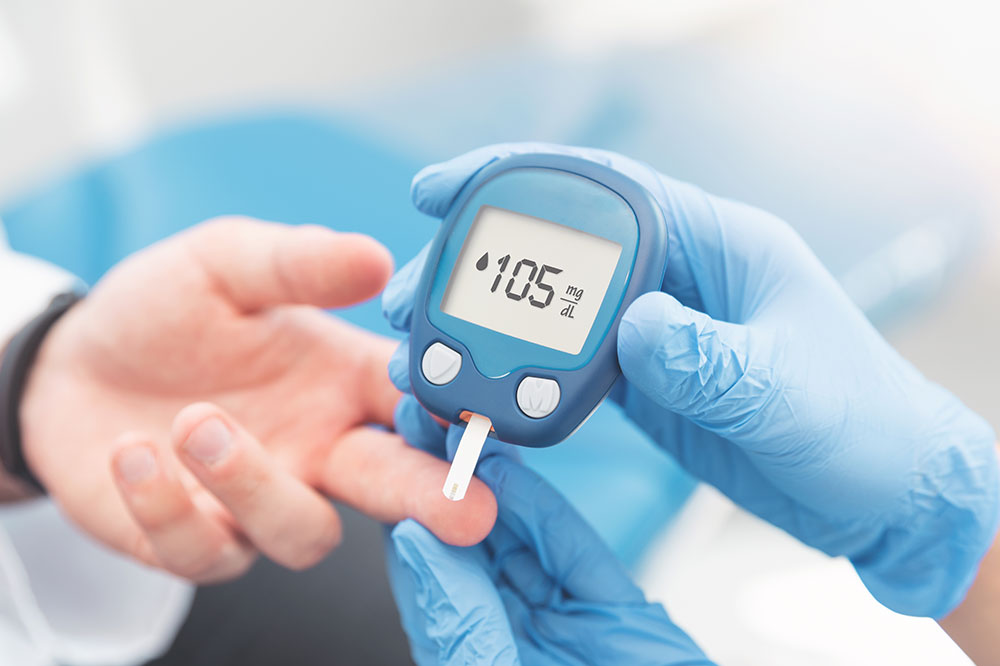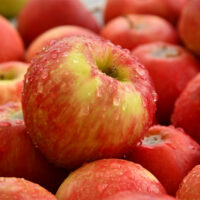Glucose level charts – Importance, components, and more

The blood sugar or blood glucose level will indicate the amount of sugar in the bloodstream of a person at an instance. The sugar is carried to the cells of the body to provide energy to the different parts of the body. Our body derives this sugar from the different dietary items that we consume.
The blood sugar level is controlled by the human systems so that the glucose levels are never too high or too low. The sugar in the blood is not the same as sucrose or the sugar that we consume – it is in the form of glucose. The level of blood sugar or glucose alters throughout the day. It is the lowest in the morning before you have your breakfast. It rises soon after meals but then settles after an hour or so.
In a healthy person, the level of blood sugar in a fasting state will be below 99milligrams per deciliter. However, in patients with diabetes, this level is a lot more fluctuating. The main aim here is to maintain the level of blood sugar within 130 mg/dl before meals and less than 180mg/dl after their meals.
What Is A Glucose Chart Or A Blood Sugar Chart?
Blood sugar is an aspect that must be kept within a normal range. This is something that can be done through proper meals, medication and the right kind of physical exercise. A blood sugar chart or a glucose levels chart will indicate the various stages of the blood sugar that will be there for a single person.
The blood sugar is an aspect that is never stable and static. It decreases and increases throughout the day, lowest being before the morning meal and highest after meals. A glucose levels chart will indicate the blood sugar level that has been for a person or subject throughout the day. This is an important tool for the treatment of diabetes.
Reasons To Maintain Blood Sugar Levels And Glucose Level Charts
Just like blood pressure, the level of red blood cells in the body, and many other parameters show the accurate level of blood sugar or glucose level in the blood. This is why one must be very regular in keeping a record of their glucose levels chart. This is a parameter that must be observed by the general healthy people and very importantly the patients who are suffering from the problem of blood sugar.
Blood sugar or glucose is a health aspect that can affect the other parts of the body. It can affect the functioning of the kidneys, the eyesight and also the cardiac functioning in the human body. This is why a healthy person must keep a regular record of their glucose levels chart. A sudden surge or decline in the level could have a heavy impact on their general health as a whole.
Patients with diabetes who have been diagnosed with a high blood sugar level have already entered the danger zone and hence must keep a regular observation of their glucose levels chart. This will help them to be healthier in the future and avoid other types of health issues.
Blood Sugar Chart: Importance, Components, And Methods Of Use
Various devices in the market can be used for the purpose of recording blood sugar levels. However, before using this device, it is imperative that you must take the advice of the doctor whom you are visiting for diabetes treatment. Again at the time of buying, please ask for the right way of operating them.
For diabetic patients, the components that will make a glucose levels chart will be the fasting level sugar, and the sugar levels soon after the meals. A comparison between the desired levels and the existing ones will help you understand which stage you are currently exactly in.
The normal ranges have been mentioned in the prior part of the discussion, deviations from which will indicate at abnormalities in your blood sugar level.
For normal people a blood sugar level less than 100ml/dl while fasting and less than 140ml.dl after meals will be considered to be normal and healthy.
To maintain a healthy blood sugar level, it is imperative that you must have an overall healthy lifestyle. This can be maintained through a healthy diet and a well balanced nutritious food plan. You must also have a healthy lifestyle that will include the right hours of sleep and exercise.
Walking or jogging is considered to be some of the best ways to which the blood sugar levels can be kept within the right limit.
Additionally, you must also do away with the ill habits of drinking and smoking. Stress management is also integral to a healthy glucose levels chart.





